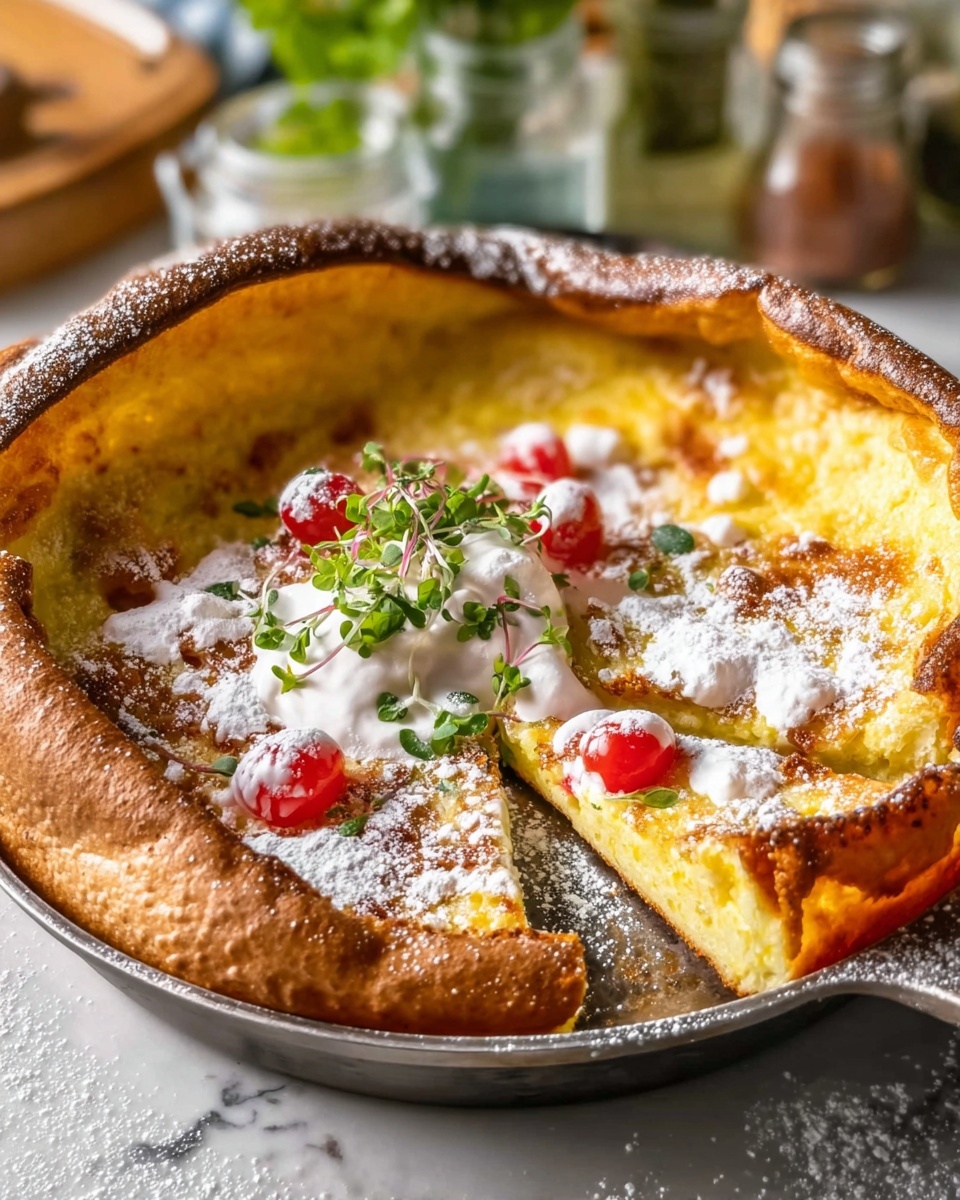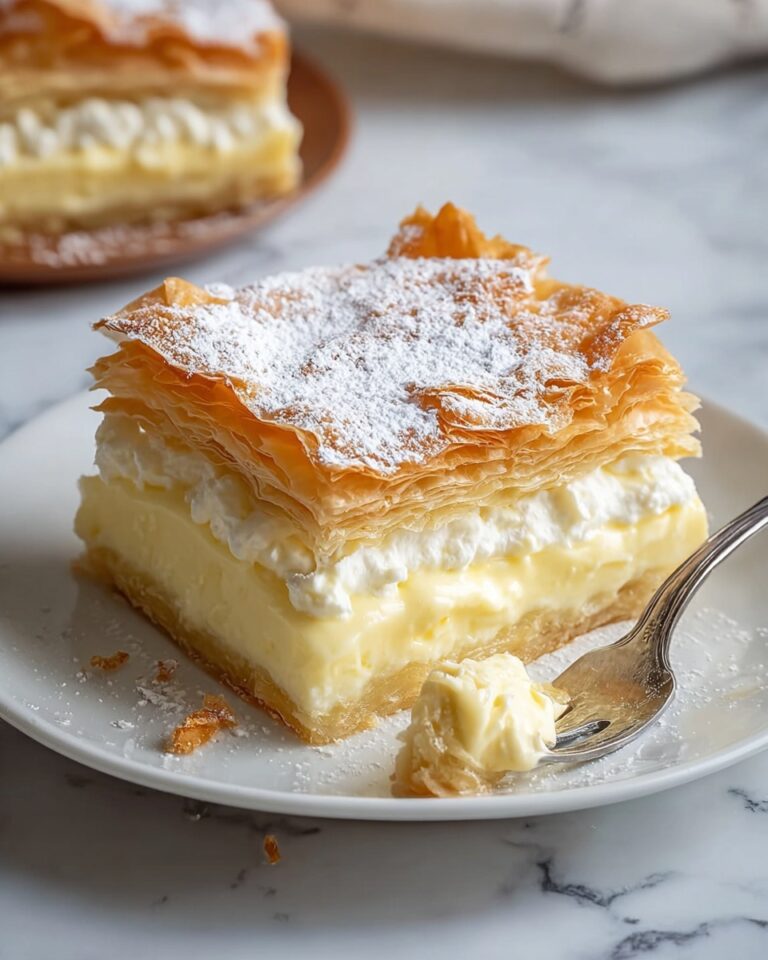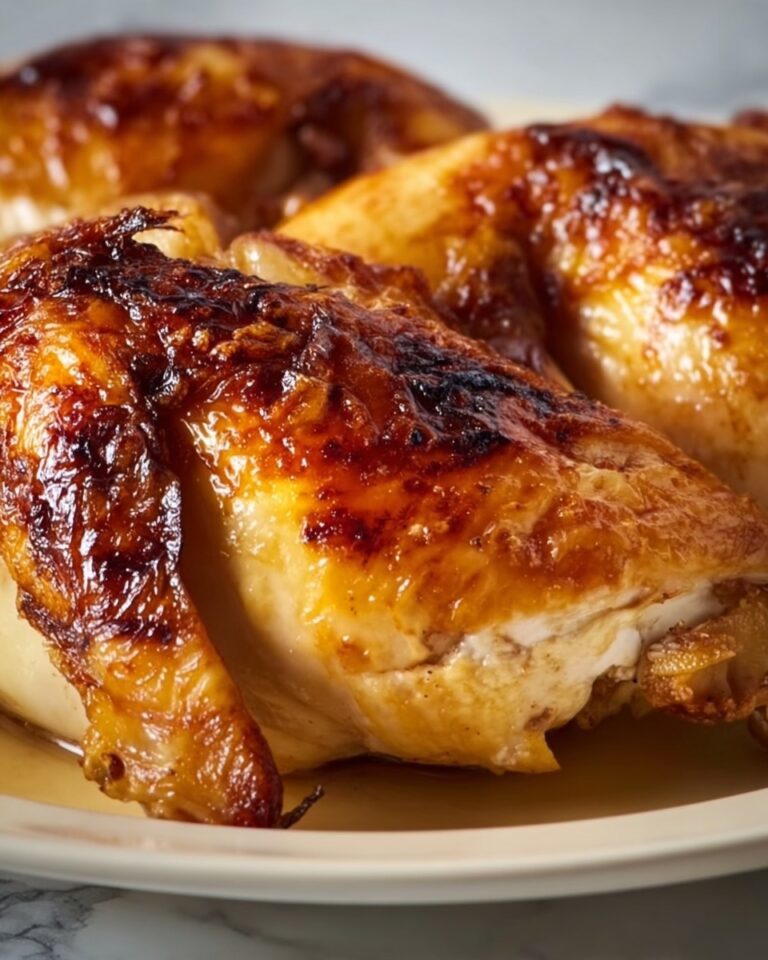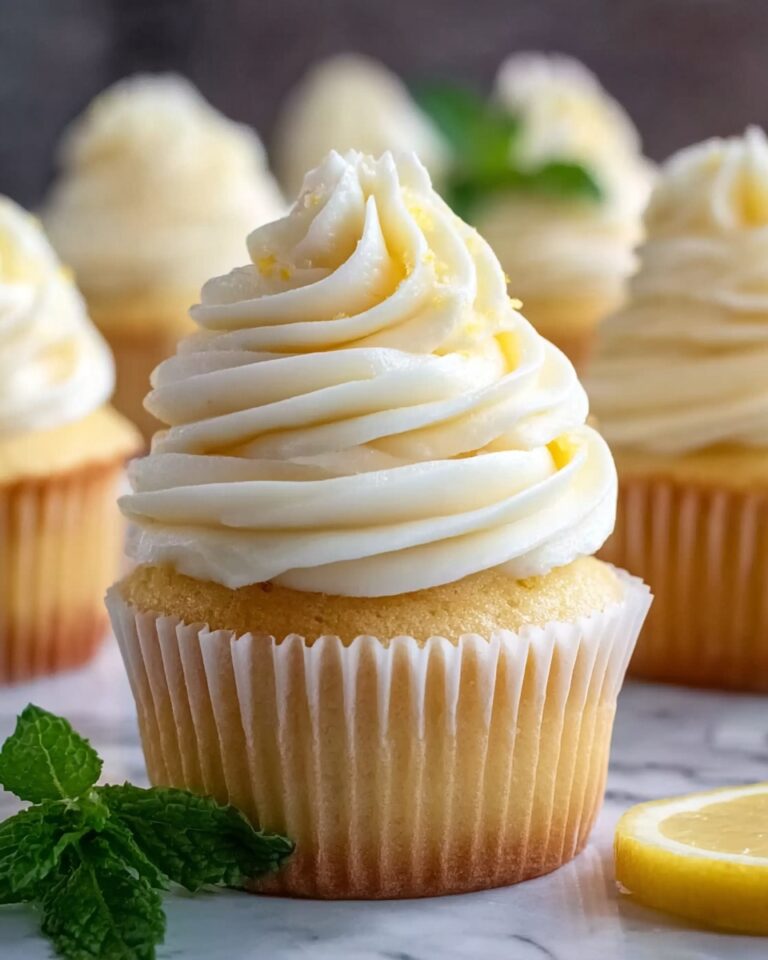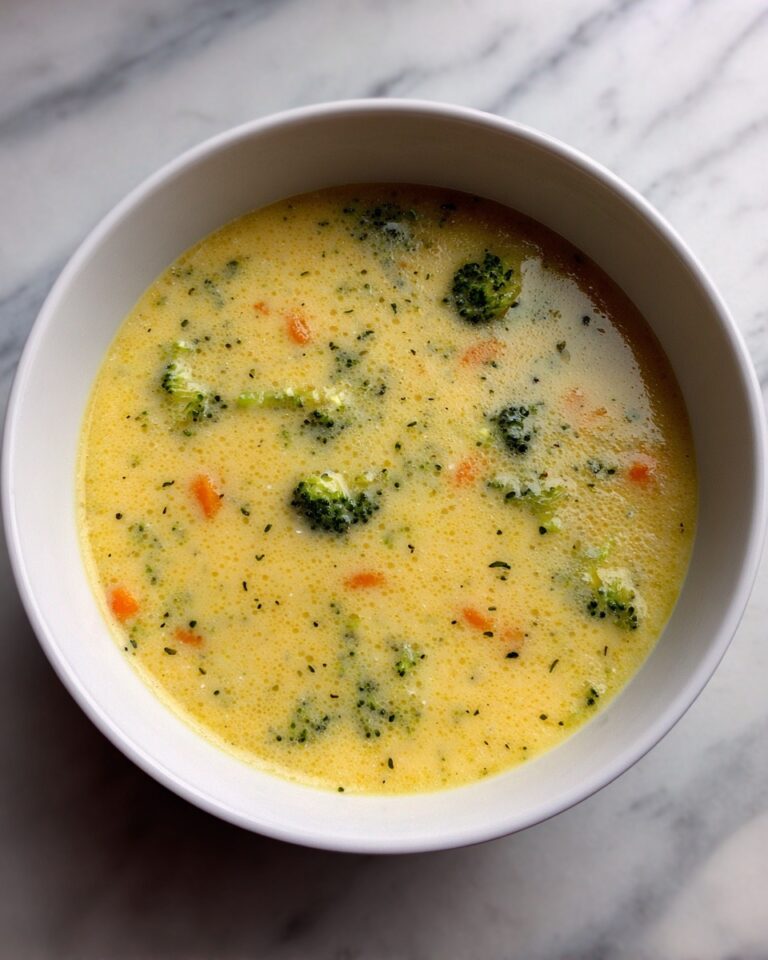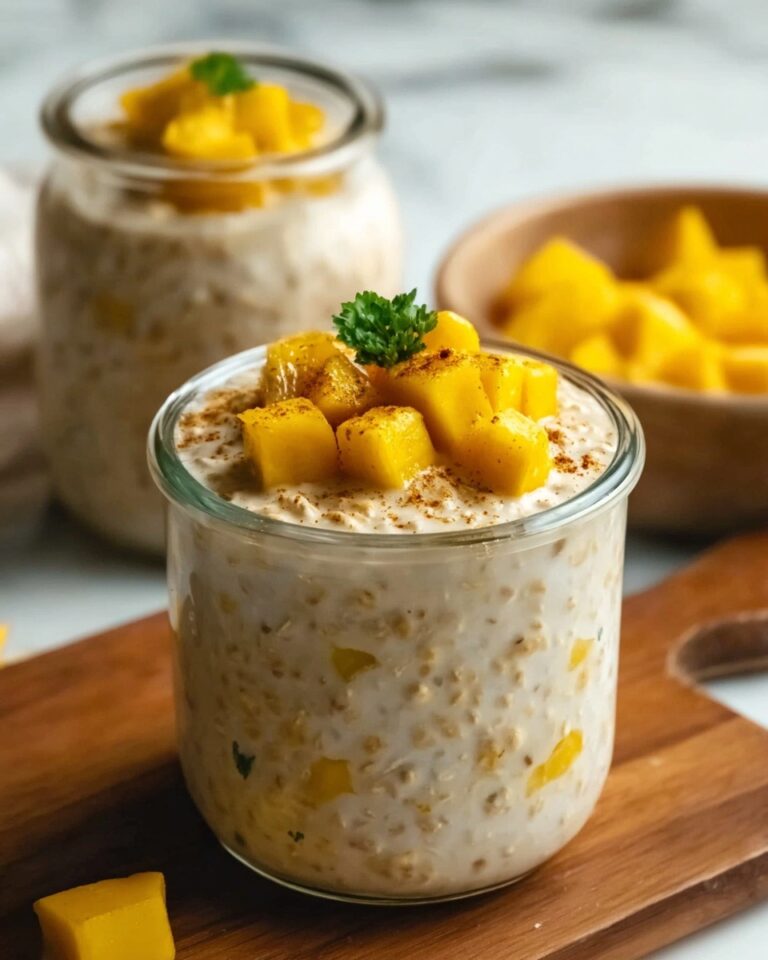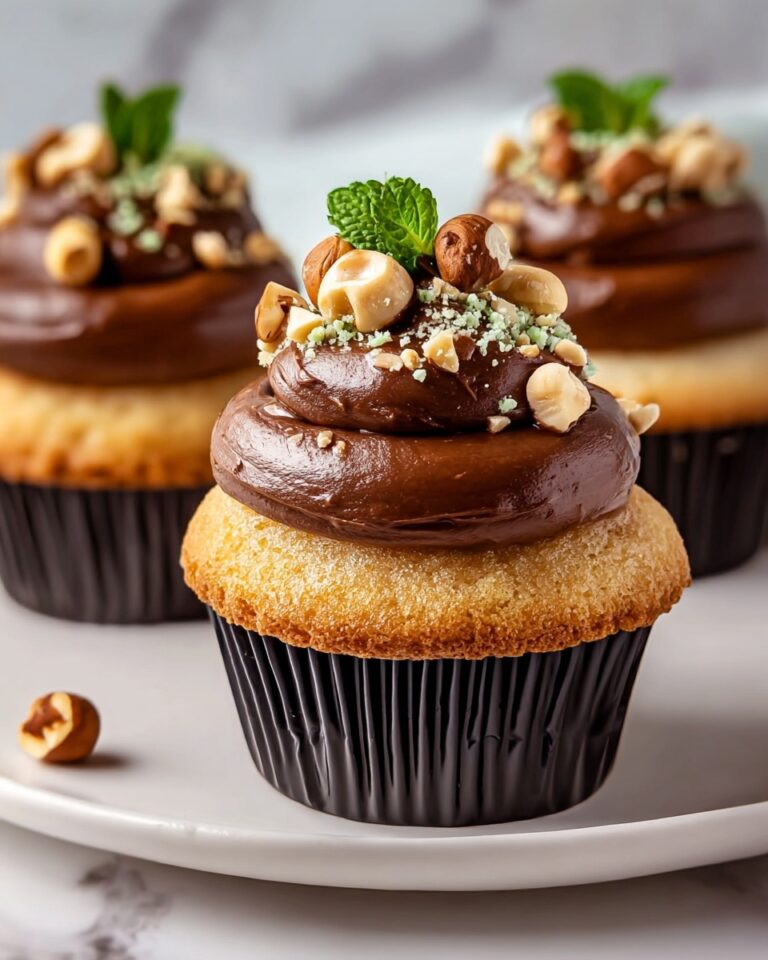There’s something truly magical about a Baked German Pancake (Dutch Baby) Recipe that makes it a standout breakfast or brunch treat. This golden, puffed masterpiece arrives right from the oven with crispy edges and a tender, custardy center that’s as impressive to the eyes as it is to the taste buds. Whether you’re cooking for a casual weekend or a special occasion, this dish’s simplicity and beautiful presentation will instantly elevate your meal experience. Trust me, once you try this Baked German Pancake, it will become one of your favorite go-to recipes to delight everyone at the table.
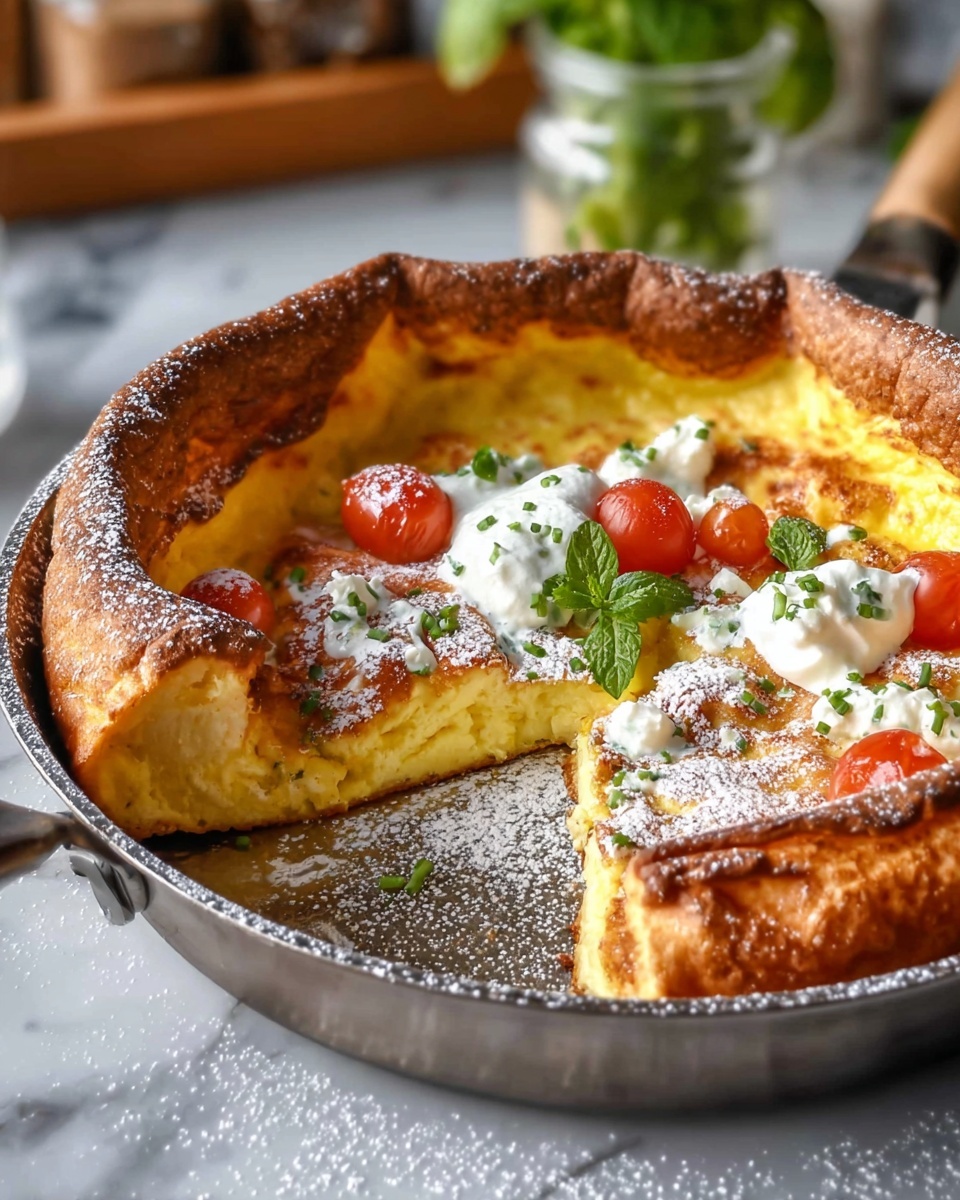
Ingredients You’ll Need
The beauty of this Baked German Pancake (Dutch Baby) Recipe lies in its simplicity and the role each ingredient plays in creating the perfect balance of flavors and textures. From eggs that lend structure and richness to the touch of vanilla that adds a warm aroma, every component is essential for that perfect puff.
- 3 large eggs: Provide the airy structure and give the pancake its lift in the oven.
- 1/2 cup all-purpose flour: Creates the base for the batter, keeping it light yet sturdy.
- 1/2 cup milk: Adds moisture and richness, ensuring a tender custard-like center.
- 2 tablespoons granulated sugar: Sweetens subtly and helps with browning during baking.
- 1/4 teaspoon salt: Enhances the flavors without overpowering the pancake.
- 1/2 teaspoon vanilla extract: Brings a lovely fragrant note that complements the batter perfectly.
- 2 tablespoons unsalted butter: Coats the pan for crisp, golden edges and adds a luscious buttery flavor.
How to Make Baked German Pancake (Dutch Baby) Recipe
Step 1: Preheat and Prepare the Skillet
Start by preheating your oven to 425°F (220°C). Place a 10-inch oven-safe skillet, like a cast iron pan, inside the oven. Heating the skillet is key to achieving those wonderfully crispy edges that define a great Dutch Baby.
Step 2: Mix the Batter
While the skillet warms up, combine your eggs, flour, milk, sugar, salt, and vanilla extract in a blender or mixing bowl. Blend or whisk the ingredients until you have a smooth, lump-free batter. This ensures your pancake will have an even texture and a flawless rise.
Step 3: Melt the Butter in the Skillet
Carefully take the hot skillet out of the oven (use oven mitts—they’ll be very hot!). Add the butter into the skillet and swirl it around so it melts and evenly coats the bottom and sides. This step is crucial to develop that golden crust while preventing sticking.
Step 4: Pour Batter and Bake
Pour the prepared batter straight into the sizzling butter-coated skillet. Don’t wait—immediately put the skillet back in the oven. This swift action gives the batter the heat it needs to puff up beautifully.
Step 5: Watch It Rise and Brown
Bake for 20 to 25 minutes. You’ll watch the pancake grow as it bakes, with the edges rising high above the pan. When it’s golden brown and puffed, it’s ready. Just remember, the puff will gently deflate once out of the oven, and that’s perfectly normal.
Step 6: Cool Slightly and Serve
Remove from the oven and let it cool for a few minutes before serving. This pause helps the texture set a bit, giving you a tender yet delightfully crisp bite.
How to Serve Baked German Pancake (Dutch Baby) Recipe

Garnishes
Enhance your Baked German Pancake with simple but delicious toppings. A sprinkle of powdered sugar adds a touch of sweetness and visual appeal. Fresh berries or slices of fruit bring brightness and a juicy contrast, while a squeeze of lemon juice adds refreshing zing that cuts through the richness. For something more indulgent, drizzle with maple syrup or honey.
Side Dishes
This pancake pairs wonderfully with light protein sides like crispy bacon or sausage links for a savory balance. A side of Greek yogurt or a fruit salad works beautifully to keep the meal fresh and vibrant, making your brunch table a delightful mix of flavors and textures.
Creative Ways to Present
For a stunning presentation, serve your Baked German Pancake straight from the skillet for that rustic charm. You can also slice it like a pie and arrange the wedges on a beautiful platter, layering on fruit and drizzles artistically. For an elegant twist, try folding a dollop of whipped cream with fresh herbs like mint or basil to balance sweetness and add a fragrant edge.
Make Ahead and Storage
Storing Leftovers
If you’re lucky enough to have leftovers, store them in an airtight container in the refrigerator for up to two days. The texture will change a bit but remains delicious when reheated gently.
Freezing
Freezing is not ideal for this particular breakfast treat because the puff and texture lose their charm after thawing. It’s best enjoyed fresh, but if you must freeze, wrap slices tightly and use within a month for best quality.
Reheating
To bring back a bit of that fresh-out-of-oven magic, reheat leftover slices in a toaster oven or regular oven at a low temperature until warmed through and edges regain some crispness. Avoid microwaving as it can make the texture soggy.
FAQs
Can I make this pancake without a blender?
Absolutely! While a blender makes mixing quick and smooth, whisking the batter by hand in a mixing bowl works perfectly well as long as you whisk until no lumps remain.
What type of skillet is best for this recipe?
A 10-inch cast iron skillet is ideal because it holds heat really well and creates that signature crispy edge. If you don’t have cast iron, an oven-safe stainless steel skillet will work, too.
Why does my Dutch Baby deflate after baking?
This is completely normal. The pancake puffs up beautifully due to steam and air bubbles while baking, but it naturally deflates as it cools, resulting in a tender and custardy center.
Can I add flavors to the batter?
Definitely! You can mix in a little cinnamon, nutmeg, or substitute almond extract for vanilla to give the pancake a unique twist. Just be mindful not to overpower the delicate flavors.
Is this recipe suitable for dietary restrictions?
While the classic recipe contains eggs, milk, and butter, you could experiment with dairy-free milk and plant-based butter alternatives. However, the texture and puffiness might differ from the traditional version.
Final Thoughts
There’s truly nothing quite like the joy of serving up a warm, golden Baked German Pancake (Dutch Baby) Recipe. It’s impressive yet so simple, perfect for cozy mornings or special brunch gatherings. Give it a try and watch it become one of those beloved dishes everyone asks for again and again. You’ll love how effortlessly delicious and visually stunning this pancake is—your kitchen will thank you!
Print
Baked German Pancake (Dutch Baby) Recipe
- Prep Time: 10 minutes
- Cook Time: 20-25 minutes
- Total Time: 30-35 minutes
- Yield: 4 servings
- Category: Breakfast
- Method: Baking
- Cuisine: German
Description
This Baked German Pancake, also known as a Dutch Baby, is a delightful, fluffy oven-baked pancake with crisp edges and a tender center. Made with simple ingredients like eggs, flour, milk, and butter, it puffs up beautifully in a hot skillet and serves as a perfect breakfast or brunch treat. Serve it warm with your choice of toppings such as powdered sugar, fresh fruit, maple syrup, or lemon juice for a delicious start to your day.
Ingredients
For the Batter
- 3 large eggs
- 1/2 cup all-purpose flour
- 1/2 cup milk
- 2 tablespoons granulated sugar
- 1/4 teaspoon salt
- 1/2 teaspoon vanilla extract
For Cooking
- 2 tablespoons unsalted butter
Instructions
- Preheat the Oven: Preheat your oven to 425°F (220°C). Place a 10-inch oven-safe skillet, preferably cast iron, inside the oven to heat while you prepare the batter. This ensures the pan is hot and ready to create the perfect rise and crispy edges.
- Prepare the Batter: In a blender or mixing bowl, combine the eggs, all-purpose flour, milk, granulated sugar, salt, and vanilla extract. Blend or whisk the mixture until it is completely smooth and free of lumps, which helps achieve the light and airy texture of the pancake.
- Melt Butter in Hot Skillet: Carefully remove the hot skillet from the oven using oven mitts. Add the unsalted butter to the skillet and swirl it around until fully melted, coating the entire bottom and sides of the pan. This step adds flavor and prevents sticking.
- Pour Batter and Bake: Pour the prepared batter evenly into the skillet over the melted butter. Immediately return the skillet to the preheated oven to begin baking.
- Bake Until Puffy and Golden: Bake the pancake for 20 to 25 minutes. The pancake will puff up significantly and develop a golden-brown color around the edges. Avoid opening the oven door during baking to prevent it from collapsing prematurely.
- Cool and Serve: Remove the skillet from the oven and allow the pancake to cool for a few minutes. It will gently deflate as it cools. Serve warm with your favorite toppings such as powdered sugar, fresh fruit, maple syrup, or a splash of lemon juice to enhance its flavor.
Notes
- Use a 10-inch cast iron or oven-safe skillet for even heating and the best rise.
- Be cautious when handling the hot skillet to avoid burns.
- Don’t open the oven door during baking to ensure maximum puffiness.
- Leftovers can be refrigerated and reheated gently in the oven or microwave.
- Try adding cinnamon or nutmeg to the batter for extra flavor.

